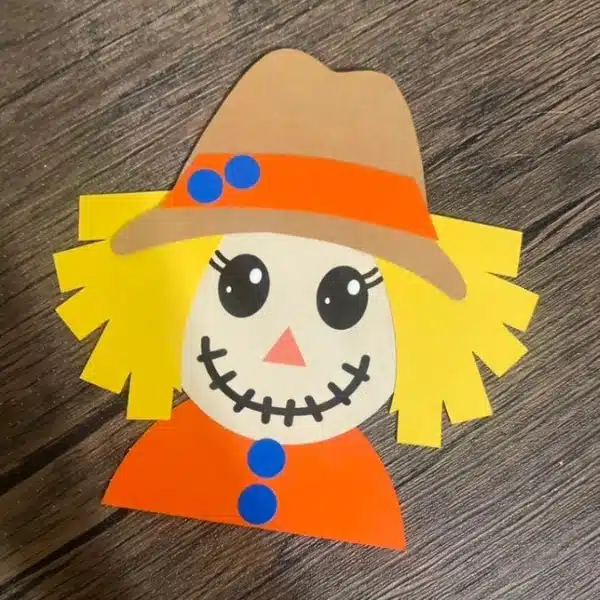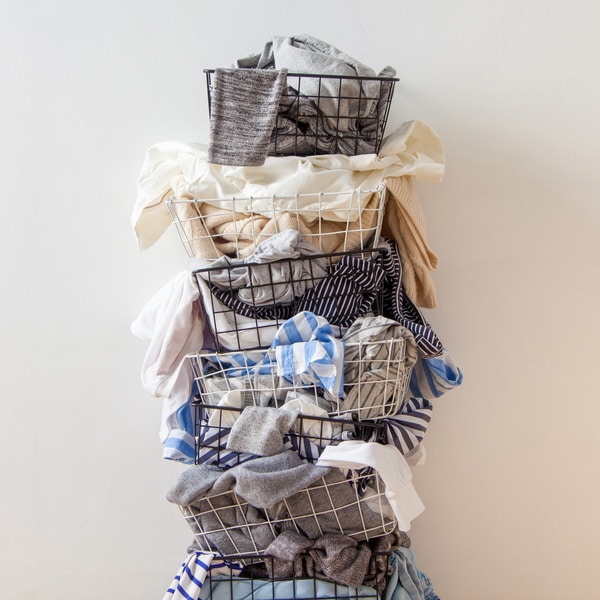
Stock Photos from Apple_Mac/Shutterstock
The CDC (Centers for Disease Control and Prevention) now recommends all Americans wear a face mask in public, but there’s one problem: there aren’t enough for everyone. Most available medical-grade, N95 face masks are understandably reserved for healthcare workers, but those at home can still protect themselves and others from COVID-19. Many individuals have taken it upon themselves to craft their own face coverings from cloth they find at home, and it’s surprisingly easy to do.
The CDC has approved 3 different types of DIY face masks that can be fashioned in a matter of minutes. If you don’t have a sewing machine, don’t worry—2 of the versions are made without any complex pattern cutting or stitching. Check out the 3 types of CDC-approved home-made face coverings below. And once you’ve mastered your chosen technique, why not get creative with your fabric?
Important Features of a Face Mask
According to CDC guidelines, cloth face coverings should:
- Fit snugly but comfortably against the side of the face.
- Be secured with ties or ear loops.
- Include multiple layers of fabric.
- Allow for breathing without restriction.
- Be able to be laundered and machine dried without damage or change to shape.
Here are 3 different ways to make a face mask at home
Sewn Cloth Face Covering

Stock Photos from TextureWorld/Shutterstock
Materials:
- Two 10″x6″ rectangles of cotton fabric
- Two 6″ pieces of elastic (or rubber bands, string, cloth strips, or hair ties)
- Needle and thread (or bobby pin)
- Scissors
- Sewing machine
Instructions:
- First, cut out two 10-by-6-inch rectangles of tightly woven cotton fabric (t-shirt fabric will also work) and place the two rectangles on top of each other.
- Then, Fold over the long sides ¼ inch and hem. Then fold the double layer of fabric over ½ inch along the short sides and stitch down.
- For the ear ties, run a 6-inch length of 1/8-inch wide elastic (or hair ties) through the wider hem on each side of the mask. Use a large needle or a bobby pin to thread it through. Tie the ends together tight.
- Gently pull on the elastic so that the knots are tucked inside the hem. Gather the sides of the mask on the elastic and adjust so the mask fits your face. Then securely stitch the elastic in place to keep it from slipping.
Check out this easy video tutorial by Sweet Red Poppy.
The No-Sew Handkerchief Face Mask

Photo: CDC
Materials:
- A handkerchief or a bandana
- Hair ties / elastic bands
- A coffee filter
Instructions:
- Start with your chosen handkerchief or bandana, plus two hair ties (or elastic bands).
- Fold the handkerchief in half, along a horizontal axis, and make a crease.
- Place the coffee filter at the center of the handkerchief. Fold the top down and the bottom up, so that the coffee filter rests in the fold.
- Place your first hair tie one-third of the way in from the edge of the handkerchief, and the second hair tie one-third of the way in from the other side. The two hair ties should be 6 inches apart.
- Fold the left side in toward the center and then fold the right side in toward the center, tucking the right side into the left-side flap.
- To wear your new face mask, simply hook the hair ties around your ears.
Follow this no-sew video tutorial by CEN HONTOMEN.
The No-Sew T-Shirt Face Mask

Photo: CDC
Materials:
- An old T-Shirt
- Scissors
Instructions:
- Start with an old T-shirt, preferably 100% cotton. Measure 7-8 inches from the bottom, and cut along both sides of the T-shirt so that your mask has 2 layers.
- Cut a rectangle around 6 to 7 inches long lengthwise to make the tie strings.
- Tie one string around your head and the other around your neck.
When to Wear a Face Mask
The CDC recommends wearing cloth face coverings in public settings where social distancing measures are difficult to maintain (e.g. grocery stores and pharmacies).
You do not need to wear your face mask inside your home or in your car, unless you are with others outside of your regular family group.
Removing Your Mask
Individuals should be careful not to touch the front of the mask while removing it. Avoid contact with eyes, nose, and mouth and then wash hands immediately after removing.
Taking Care of Your Mask
Face masks should be washed regularly in a washing machine and sprayed with disinfectant, if available.
Related Articles:
College Student Designs Face Mask for the Deaf and Hard of Hearing
Boy Scout 3D Prints ‘Ear Guards’ to Help Relieve Hospital Workers’ Pain Caused by Face Masks
Illustrations Highlight Bravery of Healthcare Professionals During Coronavirus Pandemic
Healthcare Heroes Post Heartbreaking Photos From the Front Lines of the Coronavirus






















































































